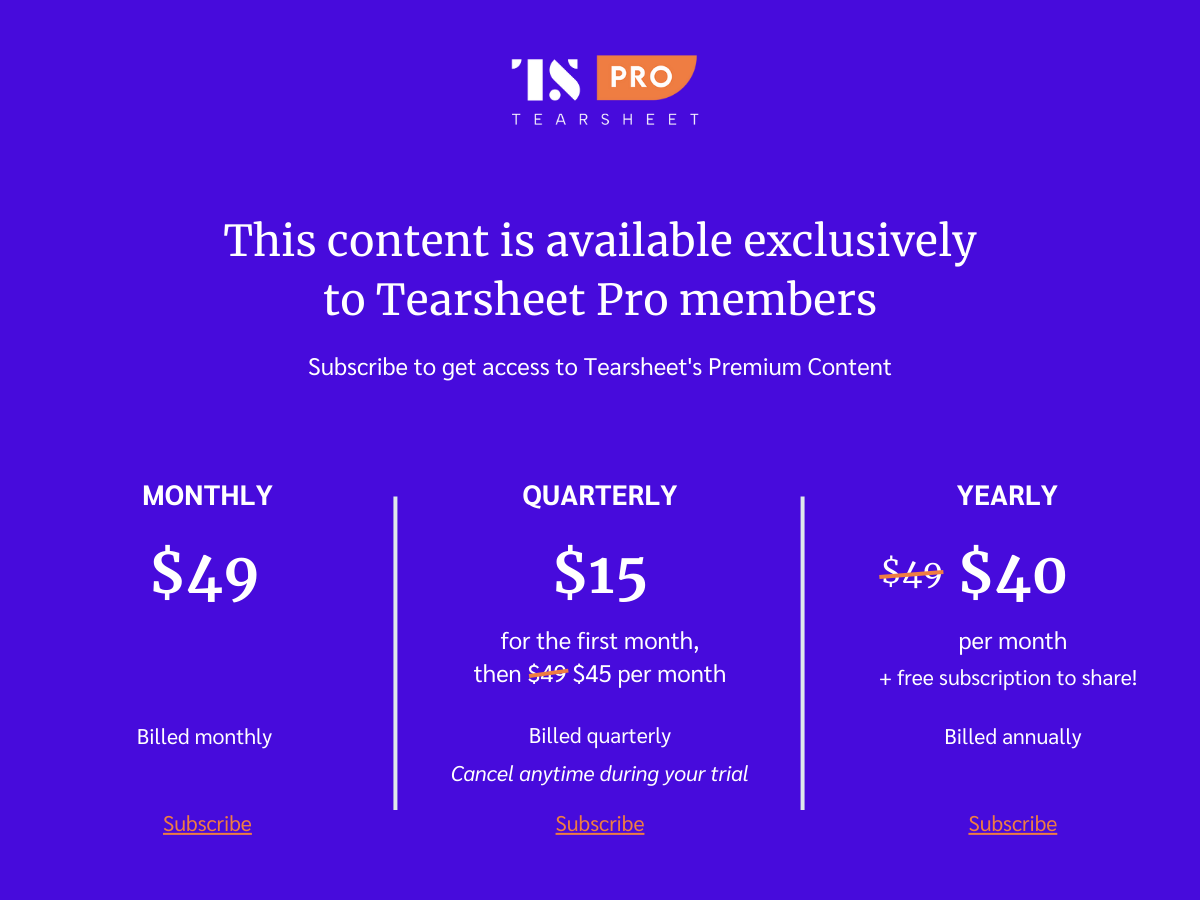Gen AI can prove to be a powerful tool for institutions that struggle to keep up with larger institutions but don’t possess the resources, and time to match their throughput.
Today’s micro case studies dive into how two CUs are improving their lending decision making and marketing efforts through incorporating Gen AI tools in their workflows.
1) How Commonwealth Credit Union is improving strategic decision-making in lending through Gen AI
When it comes to analytics, 61% of lenders find the large swathes of customer and lending data available in the market overwhelming and 73% report that their limited ability to leverage data impacts their competitiveness, according to research.
This points to a significant gap between data sources and FIs’ ability to extract useful insights. Lenders that can understand their positioning compared to their peers in factors like delinquency, chargeoffs, and interest rates are better able to provide competitive products.
Commonwealth Credit Union is particularly aware of how this impacts the firm’s ability to compete. “Our competition isn’t waiting weeks for data. They’re making decisions today on data that they got today,” said Jaynel Christensen, EVP, at Commonwealth Credit Union.
The backstory
Recently, the $2.5 billion, Kentucky-based CU decided to fill in this gap by integrating a tool by Zest AI called LuLu Pulse, which uses Gen AI to consolidate multiple data sources like NCUA Call Reports, HMDA, and economic data. This ultimately allows lenders to gain insight into how their products and services compare to their peers by querying the platform.
The recent integration of LuLu Pulse builds on the Commonwealth’s long standing partnership with Zest AI, through which the CU has also utilized underwriting resources and fraud protection tech.















